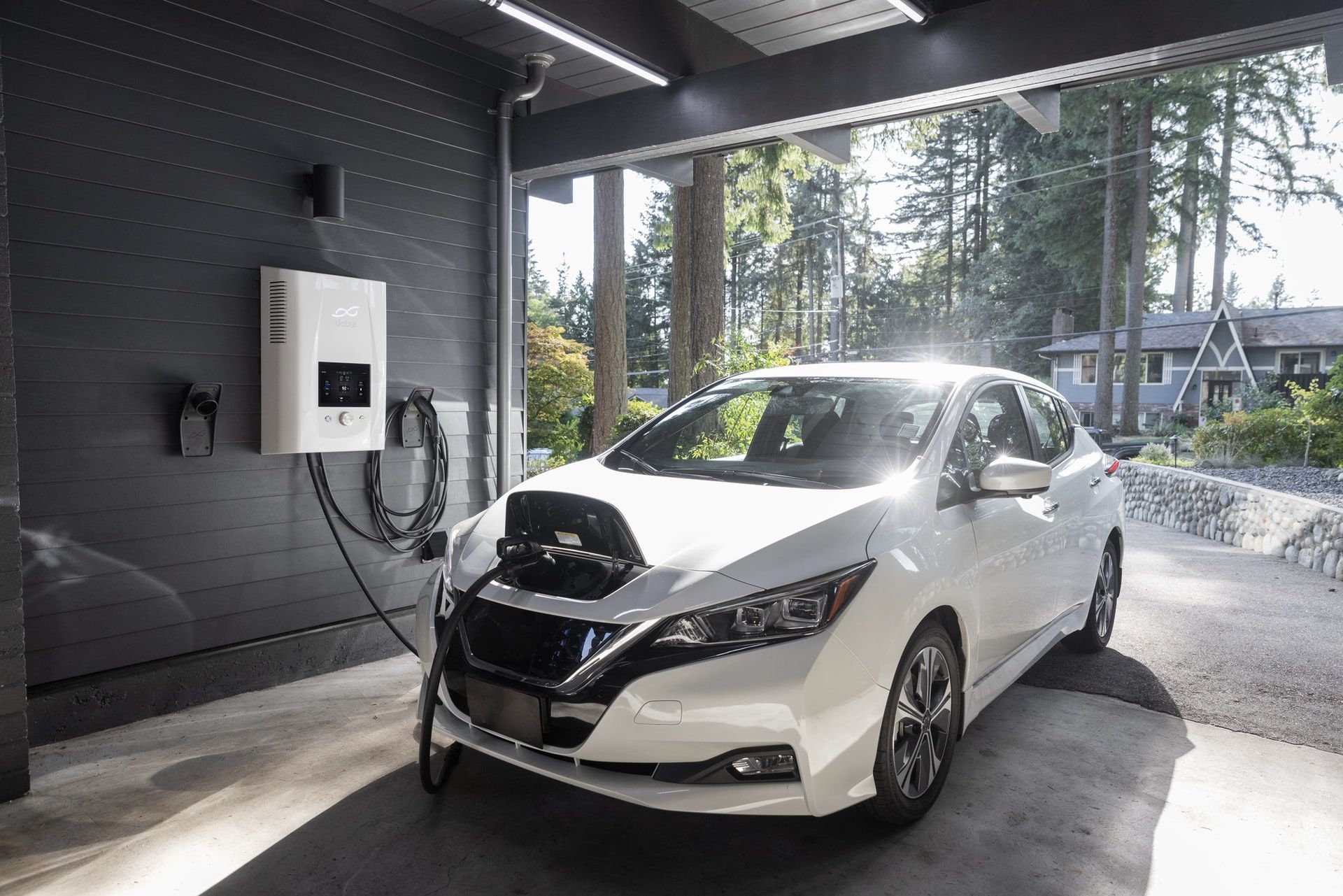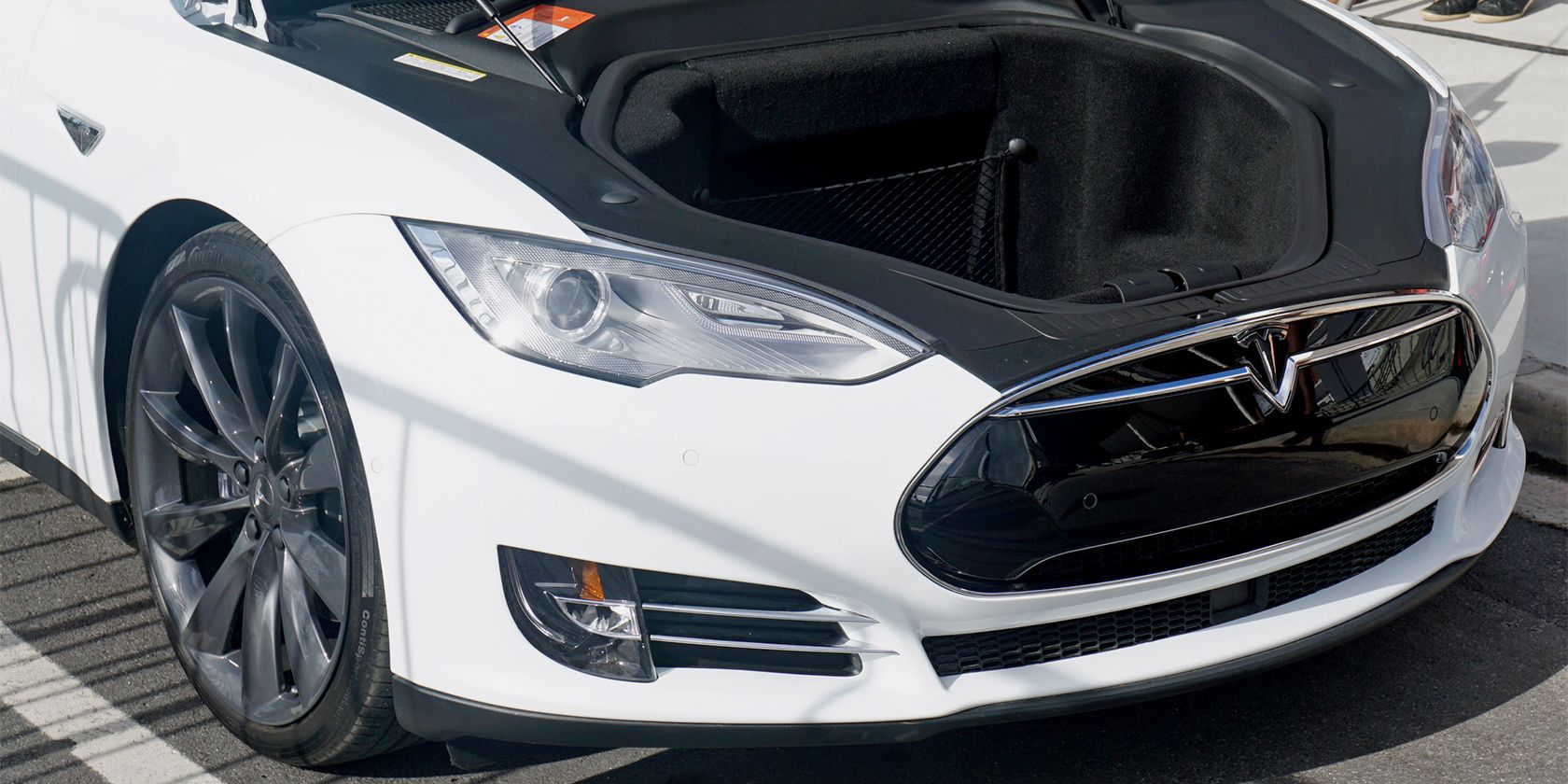Internal combustion vehicles will always hold a place in car enthusiasts' hearts. Nothing beats the roar of an internal combustion engine set free. But, we're slowly witnessing the demise of the gasoline-powered car for everyday use.
It won't be long before EVs rule the roads, and one of the main reasons for this is how much better an electric motor performs than an internal combustion engine. Check out this article to discover the four advantages electric motors have over traditional gas-powered engines.
1. EV Motors Have Fewer Moving Parts, Which Translates To Better Reliability
Many of the advantages of an electric motor stem from the way they're built. The construction of some electric motors allows for very few moving parts, especially in comparison to a typical gasoline engine. Gasoline engines have tons of moving parts that must function correctly to propel the vehicle forward.
Gasoline engines feature timing chains (or belts), pistons that are constantly subjected to the force of combustion, as well as moving connecting rods. All of these parts need to work in perfect harmony just to get the vehicle moving. This obviously creates a scenario where if any of these parts fail, you're stranded.
One of the culprits is friction, especially as oil begins to wear down over time. On the contrary, AC induction motors feature a static part called the stator and a rotating part called the rotor. That's an oversimplification, but it's still accurate to say that a lot of the moving parts that have the potential to fail are inherently removed from the design.
2. Electric Motors Have Reduced Maintenance Costs Compared to Gasoline Engines
Due to the aforementioned phenomenon of electric motors having fewer moving parts, the electric motor has fewer things that can break compared to gasoline-powered cars. This means that routine maintenance costs for an EV will be reduced compared to a gasoline-powered car. This isn't to say that an electric motor is infallible, but it's undeniable that there's less that can go wrong.
Routine maintenance for EVs is definitely less involved. Things such as catalytic converters, spark plugs, pistons, and even piston rings, are all items that might eventually fail on a gasoline-powered car due to normal wear and tear.
When you eliminate these parts from the equation, due to the electric motor lacking these parts by design, you also eliminate the need to change and service these parts.
All these engine parts that move also require lubrication in the form of engine oil, so changing your engine oil is another regular maintenance routine that you don't need to worry about with an EV. You also don't have to worry about replacing your vehicle's timing chain (or belt) during the life of the car.
This is especially significant because timing chain (or belt) replacements are among the most expensive jobs that cars might eventually require. EV ownership is excellent for people that forget they have to change their internal combustion vehicle's engine oil from time to time.
3. EV Motors Produce Instant Torque
Looking at an EV's torque curve will give you a visual representation of why the car feels so quickly off the line. The torque curve will seem almost artificially generated compared to an internal combustion vehicle's torque curve.
The EV's motor can produce peak torque from the bottom of the rev range, which is not the case for an internal combustion engine.
You feel this when you floor an EV from a stop, and the car scoots forward violently without hesitation. In gasoline-powered cars, the engine must reach a certain RPM to produce its maximum torque, which is why comparably powered ICE engines will always be at a disadvantage compared to EV motors.
This instant torque, combined with AWD, is why performance EVs are such monsters off the line. EVs, like the Tesla Model S Plaid, have the power to embarrass most vehicles on the road by design.
Many EV automakers know that violent EV acceleration is one of the major selling points for electric vehicles, and they hype up the process with theatrical launch control gimmicks. It's also why the quickest accelerating production vehicle (Model S Plaid) is an EV.
4. EV Motors Can Be Used To Power Each Individual Wheel
The Rivian R1T is one of the best electric vehicles you can currently buy, and its endless stream of high-tech wizardry is one of the main reasons why. Most people marvel at the Rivian's styling or the fact that you can outfit it with a full kitchen for those weekend camping trips.
But, the most amazing part of the tech-laden Rivian R1T is how it implements four electric motors, each powering an individual wheel. This system is by far the most advanced AWD system ever fitted on a vehicle.
The incredible thing about this system is that it allows for all the advantages of a hardcore off-roader (such as the advantages afforded by locking differentials) without the drawbacks. When you're using a vehicle off-road, such as a Mercedes G-Wagon, you can use differential locks to overcome challenging off-road scenarios.
However, this system has enormous limitations. They shouldn't be used at high speeds while on the road, as it could result in drivetrain damage.
But the Rivian R1T has none of these setbacks. In theory, the electric motors delivering power to each individual wheel can deliver power in a smarter and more efficient manner than any traditional off-roader. While at the same time, they also work amazingly well on the road.
The EV motor's instant torque is also a huge plus off-road and something that ICE off-roaders can't match. This is an inherent advantage of the electric motor. Imagine having to mount individual internal combustion motors at each wheel of a vehicle—that would be a sight to behold.
Electric Motor's Versatility Make Them Standout
Electric motors are incredibly versatile. They've been applied successfully in countless fields, and the electric motor present in electric vehicles is just another example of the brilliant nature of this design. No wonder many say that electric cars are the future of mobility.




